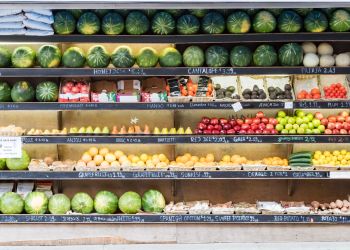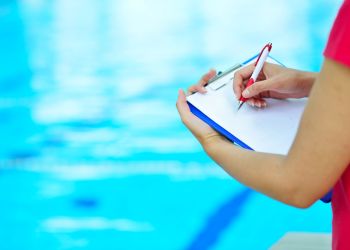A blog for local health departments in recognition of National Mosquito Control Awareness Week 2023.
As
the temperature gets warmer with global warming and changing weather patterns,
the environment is making it suitable for vector-borne diseases to be more transmissible and widespread.
In the last several years, there have been concerns that emerging vector-borne
diseases will impact local health departments already burdened by limited
capacity, insufficient funding, and rapid environmental changes.

When the state of Arizona had its West Nile Virus outbreak in 2021, it was attributed to the above-average amount of rain that the state received during its wet season, resulting in more than 1,700 confirmed and probable cases reported from May to December 2021, and causing it to become the largest known recorded outbreak of this disease. California is a state that has been recently hit with unpredictable weather within the last year. The state experienced unprecedented weather with snow and rain, and despite much of the state no longer being in a drought, the wet winter season could potentially increase the number of mosquitoes since they mainly reproduce in habitats containing water from permanent or flood water sources.
Tick-borne diseases like Lyme disease and Babesiosis have also become more common. Lyme disease is a bacterial infection that spreads to humans through a bite from an infected tick that carries a bacterium called Borrelia burgdorferi. The symptoms of the disease include skin rash, fever, headache, and fatigue which also typically appear in stages. Since it is the most common vector-borne disease in the United States, more people are diagnosed due to multiple driving factors. Some examples include suburban development that increases the population in that area, reforestation in certain regions, increased outdoor activities, changing climate patterns, and public awareness.
As shown in this U.S. Environmental Protection Agency image, there is a stark difference in Lyme Disease cases reported from the years 1996 and 2018, where it was prevalent in New Hampshire, Maine, and Vermont. The disease eventually migrated toward the Midwest although it was still widespread in the Northeastern region.
Babesiosis is a rare disease caused by a parasite called Babesia that targets infected red blood cells and is carried by black-legged ticks. Some common symptoms include joint pain, headache, and fever, although individuals can be asymptomatic. From 2011 to 2019, Babesiosis cases increased by 25%, reported the CDC. As a result, the disease is now considered endemic in parts of the Northeastern and Midwestern United States.
With climate change continuing to impact environmental health, the risk of individuals getting exposed to a vector-borne disease will continue to rise. Local health departments should take measures to develop or expand their vector programs to prepare for potential outbreaks.
How can local health departments prepare?
- Check out NACCHO’s Practical Guide to Building Mosquito Control Capacity. This is a free resource to establish or enhance the capacity of local mosquito control programs.
- The Tick Activities Assessment was a study conducted by NACCHO whereby local environmental health professionals shared their experiences in regards to tick-borne related activities.
- Tick Bite Bot is a tool to help people to remove attached ticks and seek medical care.
- The CDC’s communication materials for Rocky Mountain Spotted Fever are available for print and use.






